For a reaction X→Y, heat of reaction is + a kJ, potential energy of reactant X is + b kJ and energy of activation is + c kJ. The energy of product Y in kJ is :
(a+b)
(b-a)
(b+c)
(b+c)-a
The correct Answer is:A
Step by step video, text & image solution for For a reaction XrarrY, heat of reaction is + a kJ, potential energy of reactant X is + b kJ and energy of activation is + c kJ. The energy of product Y in kJ is : by Chemistry experts to help you in doubts & scoring excellent marks in Class 12 exams.
Updated on:21/07/2023Topper's Solved these Questions
- CHEMICAL KINETICSBOOK - GRB PUBLICATIONCHAPTER - CHEMICAL KINETICSEXERCISE - Mechanism of Reactions
45 Videos
- CHEMICAL KINETICSBOOK - GRB PUBLICATIONCHAPTER - CHEMICAL KINETICSEXERCISE - compllcatio in first order reactions
17 Videos
- CHEMICAL KINETICSBOOK - GRB PUBLICATIONCHAPTER - CHEMICAL KINETICSEXERCISE - E. Methods to Monitor the Progress of Reaction
43 Videos
- CHEMICAL BONDING-IBOOK - GRB PUBLICATIONCHAPTER - CHEMICAL BONDING-IEXERCISE - Subjective Type
120 Videos
- COORDINATION COMPOUNDSBOOK - GRB PUBLICATIONCHAPTER - COORDINATION COMPOUNDSEXERCISE - SBJECTIVE TYPE
98 Videos
Similar Questions
For a reaction X→Y, heat of reaction is +83.68kJ, energy of reactant X is 167.36 kJ and energy of activation is 209.20 kJ. Calculate (i) threshold energy (ii) energy of product Y and (iii) energy of activation for the reverse reaction (Y→X).
View SolutionAn exothermic reaction X→Y has an activation energy of 90kJmol−1 of X and the heat of reaction is 250kJ. Find the activation energy of the reaction Y→X.
View Solution
Knowledge Check
An endothermic reaction A ⇔ B has an activation energy as x kJ mol−1 of A. If energy change of the reaction is y kJ, the activation energy of the reverse reaction is
A−xBx-yCx+yDy-xFor a reaction A→B,Ea=10kJ/mol,ΔH=5kJ/mol . Thus potential energy profile for this reaction is
A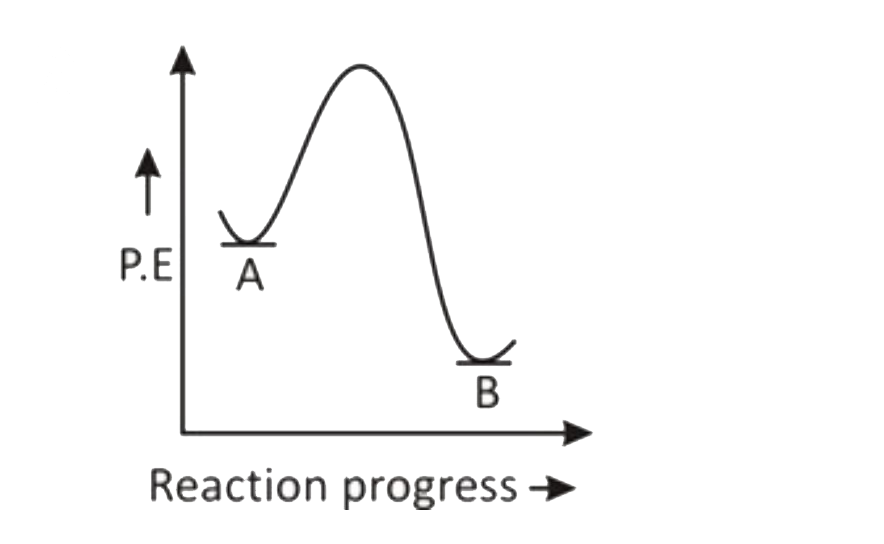 B
B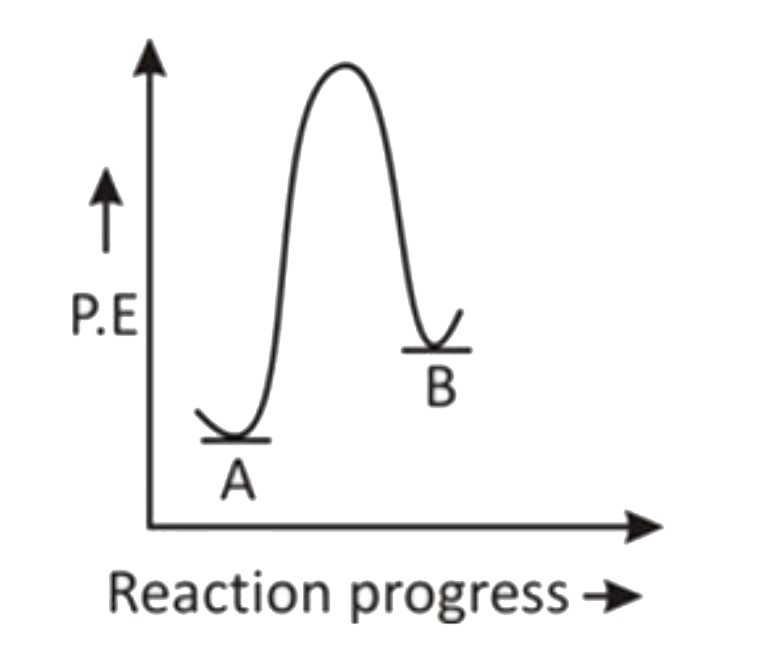 C
C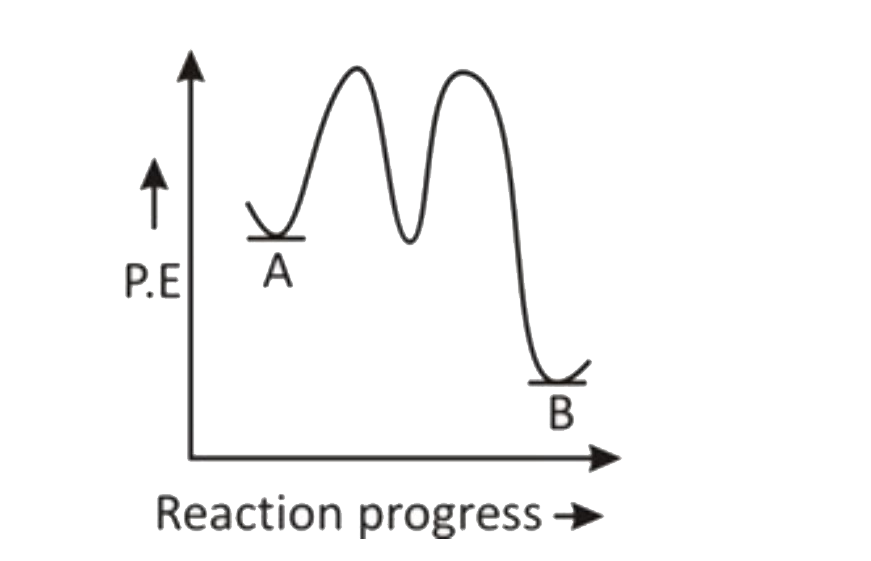 D
D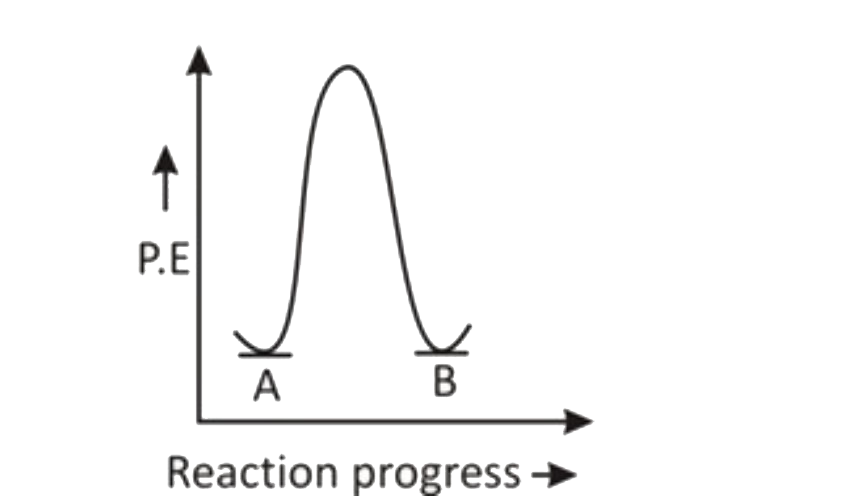
For a reaction A→B,Ea=10kJmol−1,ΔH=5kJmol−1. Thus, potential energy profile for this reaction is:
A B
B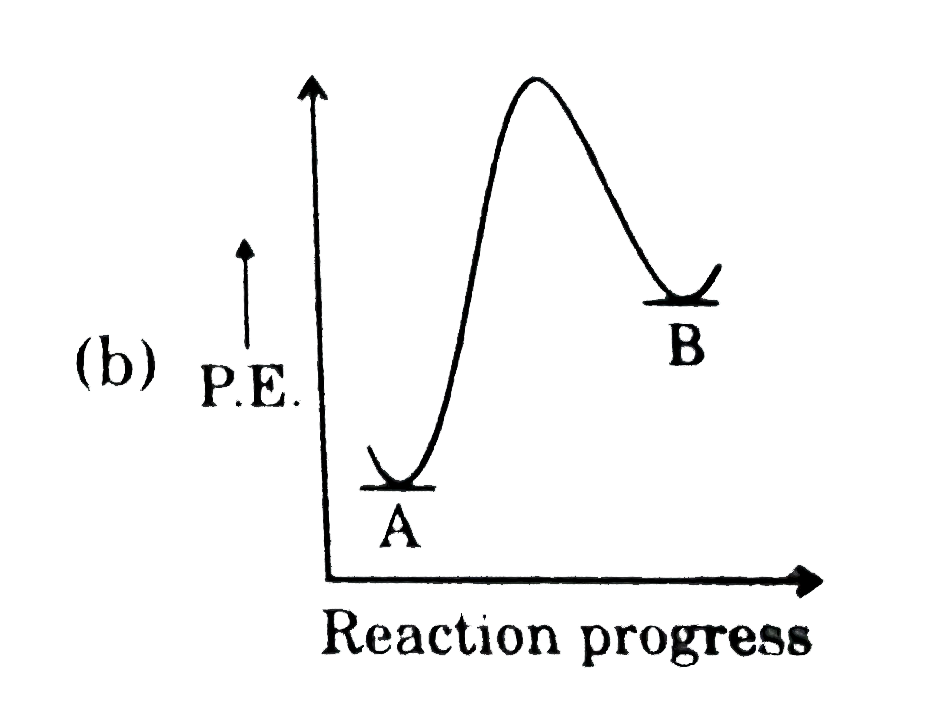 C
C D
D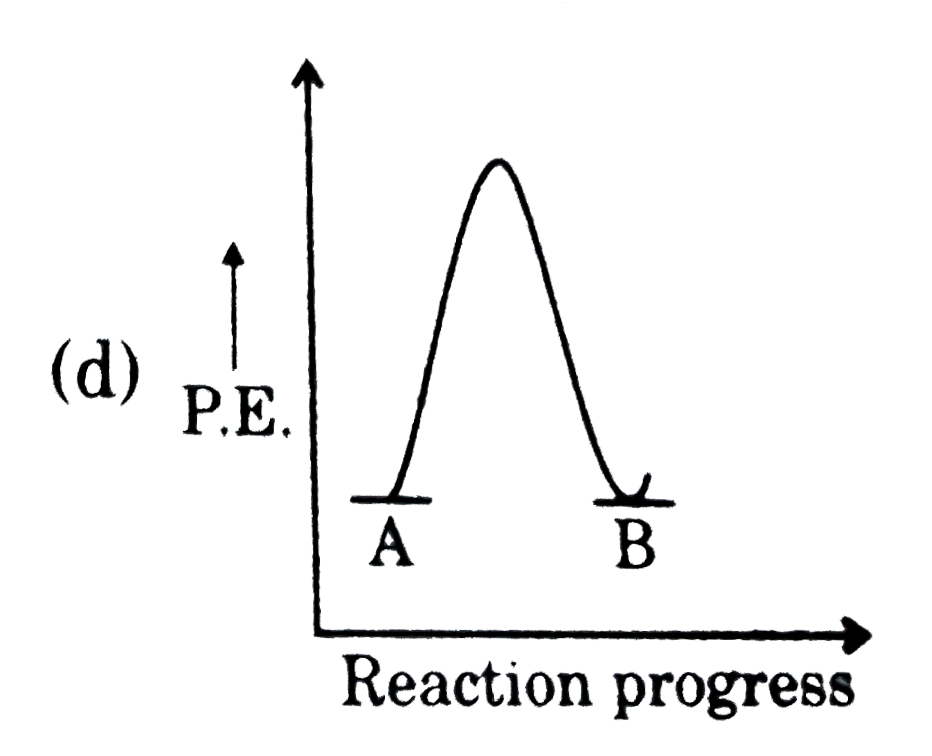
An endothermic reaction A → B has an activation energy as × kJ mo1−1 of A. If energy change of the reaction is y kJ, the activation energy of the reverse reaction is :
View SolutionIn a hypothetical reaction X→Y, the activation energy for the forward backward reactions are 15 and 9 kJ mol−1 respectively. The potential energy of X is 10 kJ mol−1. Which of the following statement is/are correct?
(i) The threshold energy of the reaction is 25 kJ mol−1
(ii) The potential energy of Y is 16 kJ mol−1
(iii) Heat of reaction is 6 kJ mol−1
The reaction is endothermic.
View SolutionIn an exothermic reaction X→Y, the activation energy is 100kJmol−1 of X. The enthalphy of the reaction is −140kJmol−1. The activation energy of the reverse reaction Y→X is

View SolutionIn an exothermic reaction A→B, the activation energy of the forward reaction is 200kJmol−1. The enthalpy of the reaction is 280kJmol−1. The activation energy of the reverse reaction B→A is
View SolutionIn an exothermic reaction A → B, the activation energy of reverse reaction is twice that of forward reaction. If enthalpy of the reaction is -80 kJ mol−1 , the activation energy of the reverse reaction is
View Solution
